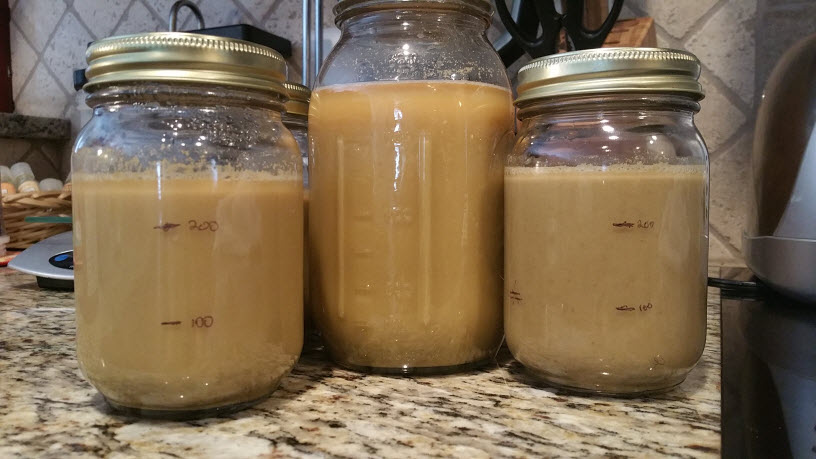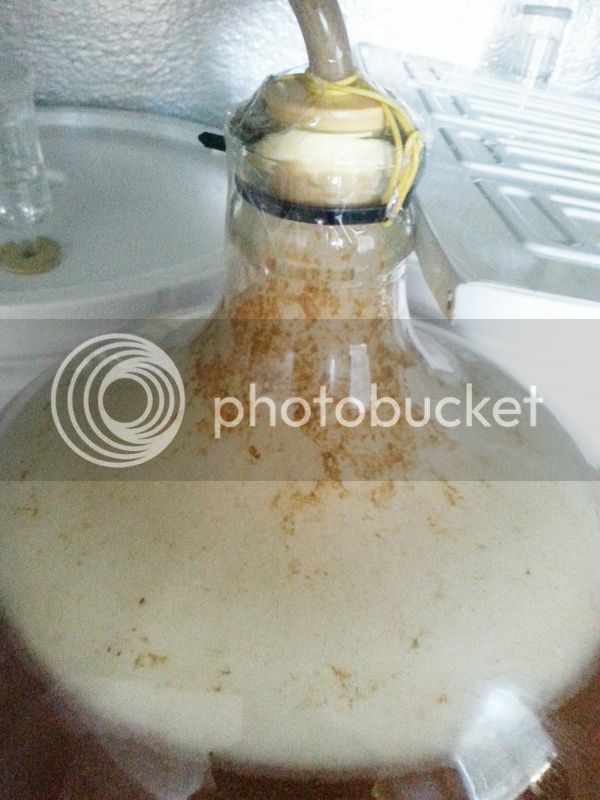First of all, thank all of you guys for all of the expertise and experience you've posted. It has definitely helped me out.
I have a couple of questions (my first yeast harvest today).
1) I just harvested this morning (US 05) after I had my house IPA cold crashing. I left a very small amount of beer in the carboy and then added sterile water from my mason jar, swirled and poured. This picture is about 10 or 15 minutes later, am I looking OK? I dry hopped in the primary in a mesh bag so I expect there to be extra debris.
2) I wanted to brew another IPA today so I was going to run the numbers (need about 300b cells for my pitch) and leave however much slurry I need at room temp to warm up and pitch later on today when the wort is ready. Is this OK or should it refrigerate a day to separate more then decant and pitch?
Thanks!

I have a couple of questions (my first yeast harvest today).
1) I just harvested this morning (US 05) after I had my house IPA cold crashing. I left a very small amount of beer in the carboy and then added sterile water from my mason jar, swirled and poured. This picture is about 10 or 15 minutes later, am I looking OK? I dry hopped in the primary in a mesh bag so I expect there to be extra debris.
2) I wanted to brew another IPA today so I was going to run the numbers (need about 300b cells for my pitch) and leave however much slurry I need at room temp to warm up and pitch later on today when the wort is ready. Is this OK or should it refrigerate a day to separate more then decant and pitch?
Thanks!





